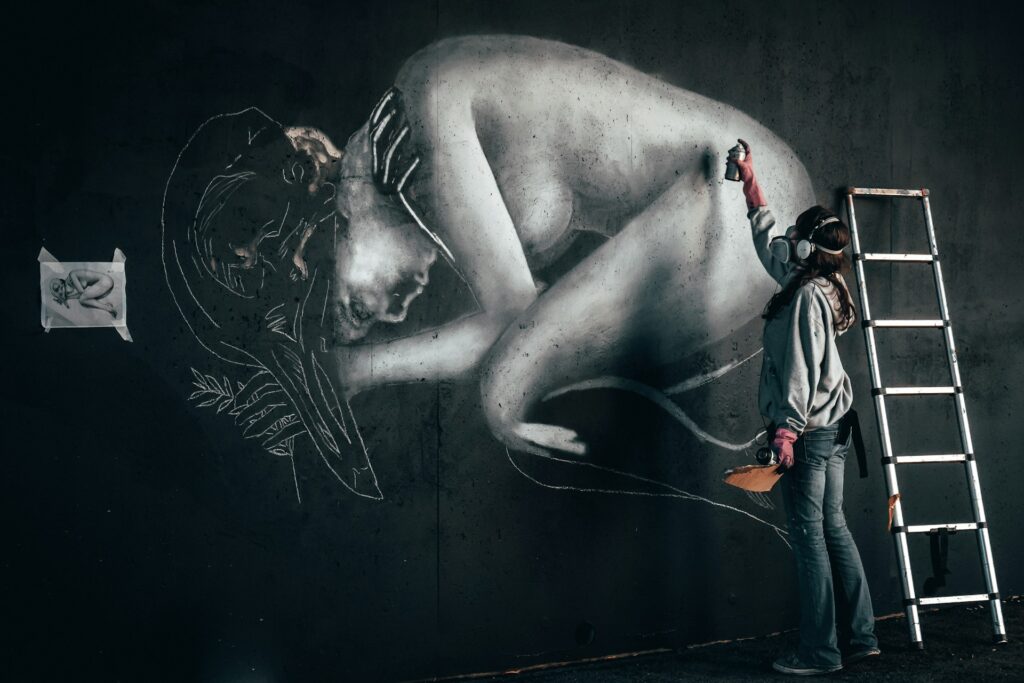
Agreeableness Shapes Creativity and Innovation
The Power of Cooperation and Empathy in Creative Collaboration
ad
1. Introduction
Agreeableness is one of the “Big Five” personality traits that emphasizes kindness, empathy, and cooperation.
At first glance, it might seem like a quiet or passive trait. But in creative work, especially where innovation requires teamwork, this quality becomes a powerful driver of new ideas.
Agreeable people excel at listening, supporting others, and creating an environment where everyone feels safe to explore their most original thoughts.
In this article, we’ll discover how agreeableness shapes creativity and innovation through empathy, cooperative teamwork, and shared purpose.
2. Understanding Agreeableness and Its Role in Creativity
Agreeableness is characterized by compassion, empathy, and a strong focus on harmonious relationships.
People high in agreeableness naturally encourage others to voice their ideas without fear of criticism.
This creates a fertile environment for collaborative creativity.
A study in Personality and Individual Differences found that teams with highly agreeable members generated more diverse ideas because everyone felt heard.
Example: Pixar Studios often celebrates the value of constructive feedback and collaborative creativity, which allows each team member’s strengths to contribute to award-winning animated films.
3. Cooperation as a Catalyst for Innovation
Innovation rarely happens in isolation; it thrives on cooperation and diverse viewpoints.
Agreeable team members tend to promote group harmony and reduce conflicts.
This allows the team to focus on the task at hand and generate more creative solutions.
According to Harvard Business Review, cooperation is a key predictor of successful innovation because it enables diverse talents to work together without ego-driven tension .
Example: Companies like 3M encourage interdisciplinary teams with cooperative mindsets to drive innovation, resulting in iconic products like the Post-it note.
“When we embrace cooperation, creativity flourishes.”
Ed Catmull
ad
4. Empathy as a Creative Superpower
Empathy allows team members to truly understand one another’s thoughts, feelings, and viewpoints.
This understanding fuels deeper, more original thinking as people feel free to share their authentic ideas.
Empathy in brainstorming sessions means even tentative or “raw” ideas can grow into breakthroughs.
Research from Frontiers in Psychology shows that empathy improves group creativity by making team members more receptive to diverse contributions.
Example: Design-thinking workshops often use empathy maps to help participants put themselves in the user’s shoes before brainstorming solutions.
5. Balancing Agreeableness with Other Traits
While agreeableness shapes cooperation, it also benefits from being paired with traits like openness and conscientiousness.
Openness drives big-picture thinking and imaginative ideation.
Conscientiousness ensures the group can turn those ideas into practical solutions and complete projects on time.
Together, these traits amplify one another: agreeable team members listen carefully, then help structure ideas into actionable innovations.
Example: Tesla’s teams often mix visionary thinkers (openness) with cooperative project managers (agreeableness and conscientiousness) to successfully bring new technologies to life.
6. Cultivating Agreeableness to Foster Creativity
Anyone can develop more cooperative habits to enhance creativity in teams.
Techniques like active listening, open-body language, and acknowledging others’ contributions encourage trust.
Asking thoughtful questions and giving credit to teammates strengthens bonds and supports idea-sharing.
A 2019 article in Psychology Today noted that practicing gratitude and appreciation can make teams more harmonious and inventive .
Example: Even startup founders can encourage more agreeable cultures by celebrating team wins and creating regular forums for sharing ideas without judgment.
ad
7. Conclusion
Agreeableness is often overlooked as a driver of creativity, but its role in fostering cooperative, safe, and inspiring spaces cannot be overstated.
By bringing empathy and harmony into collaborative work, highly agreeable people help their teams imagine, test, and refine new ideas together.
Balancing this openness with other traits like conscientiousness and openness can supercharge innovation and help organizations—and individuals—reach their creative potential.
8. References / Further Reading
Agreeableness and creative teamwork
https://www.sciencedirect.com/science/article/abs/pii/S0191886920305511
How collaboration leads to innovation
https://hbr.org/2018/06/how-collaboration-leads-to-innovation
Empathy improves group creativity
https://www.frontiersin.org/articles/10.3389/fpsyg.2021.705911/full
The role of agreeableness in teamwork and innovation
https://www.psychologytoday.com/us/blog/mind-my-business/201903/the-role-agreeableness-teamwork-innovation
Agreeableness and creative teamwork
https://www.sciencedirect.com/science/article/abs/pii/S0191886920305511
How collaboration leads to innovation
https://hbr.org/2018/06/how-collaboration-leads-to-innovation
Empathy improves group creativity
https://www.frontiersin.org/articles/10.3389/fpsyg.2021.705911/full
The role of agreeableness in teamwork and innovation
https://www.psychologytoday.com/us/blog/mind-my-business/201903/the-role-agreeableness-teamwork-innovation
Graziano, W.G. & Tobin, R.M. (2009). Agreeableness and interpersonal behavior. Journal of Personality.
Baer, M. & Oldham, G.R. (2006). The curvilinear relationship between feedback-seeking behavior and creative performance. Academy of Management Journal.
Share via: